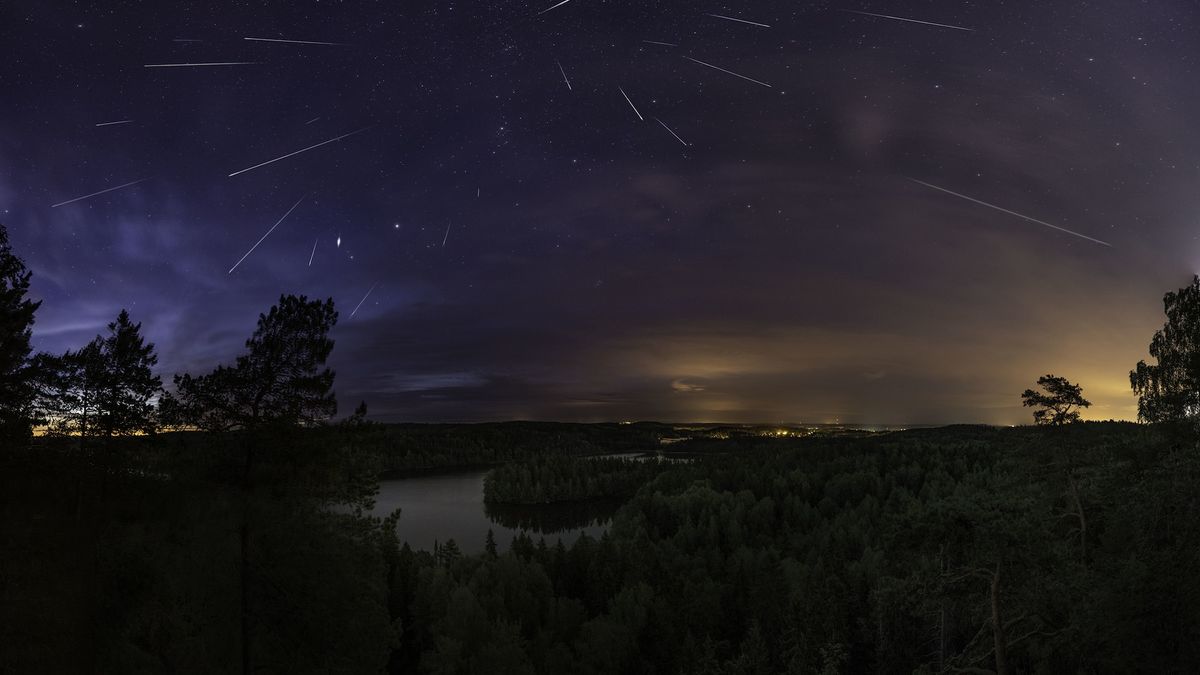The first and one of the most prolific meteor showers of 2025 will peak tonight, bringing super-bright fireballs and regular shooting stars.
The Quadrantid meteor shower is not particularly well known, running from Dec. 26, 2024, through Jan. 16, 2025, according to the American Meteor Society. That’s largely because they occur for Northern Hemisphere observers during a time of cold and often cloudy weather.
However, if the skies are clear, about 25 shooting stars — some of them particularly bright fireballs that can momentarily light up the sky — may be seen during the peak, which will happen overnight on Thursday, Jan. 2, through Friday, Jan. 3, 2025. The peak is predicted for 12:45 p.m. on Jan. 3, meaning the best time to observe the showers is a couple of hours before sunrise on Jan. 3, though those farthest west will likely see the most meteors.
Related: The 10 best stargazing events of 2025
The Quadrantids occur thanks to the asteroid 2003 EH1, which orbits the sun every 5.5 years. From late December to mid-January, Earth moves through the streams of dust and debris it has left in the solar system over many decades. Between Jan. 3 and Jan. 4, it moves through the densest part of that stream, causing a peak in meteor rates.
Where to see the Quadrantid meteor shower
Astronomical conditions are perfect all night, with a crescent moon setting shortly after sunset on Jan. 2, meaning the night sky will be as dark as it ever gets. It’s important before a meteor shower to avoid light pollution to better observe the light show, though likely cold conditions make that challenging.
Those in the Northern Hemisphere will have the best chance to see the Quadrantids because of their source constellation. Shooting stars result from dust and debris striking Earth’s atmosphere. For the Quadrantid, that happens in front of the stars of Quadrans Muralis, a constellation that is no longer officially in use. Its shape resembles a quadrant — an instrument used to measure the altitude of stars above the horizon — and can be found close to Ursa Major, home to the Big Dipper asterism, in the northern sky as seen from the Northern Hemisphere.
The Quadrantids are also notable because there is no major meteor shower after them until April’s Lyrids and May’s Eta Aquariids.


